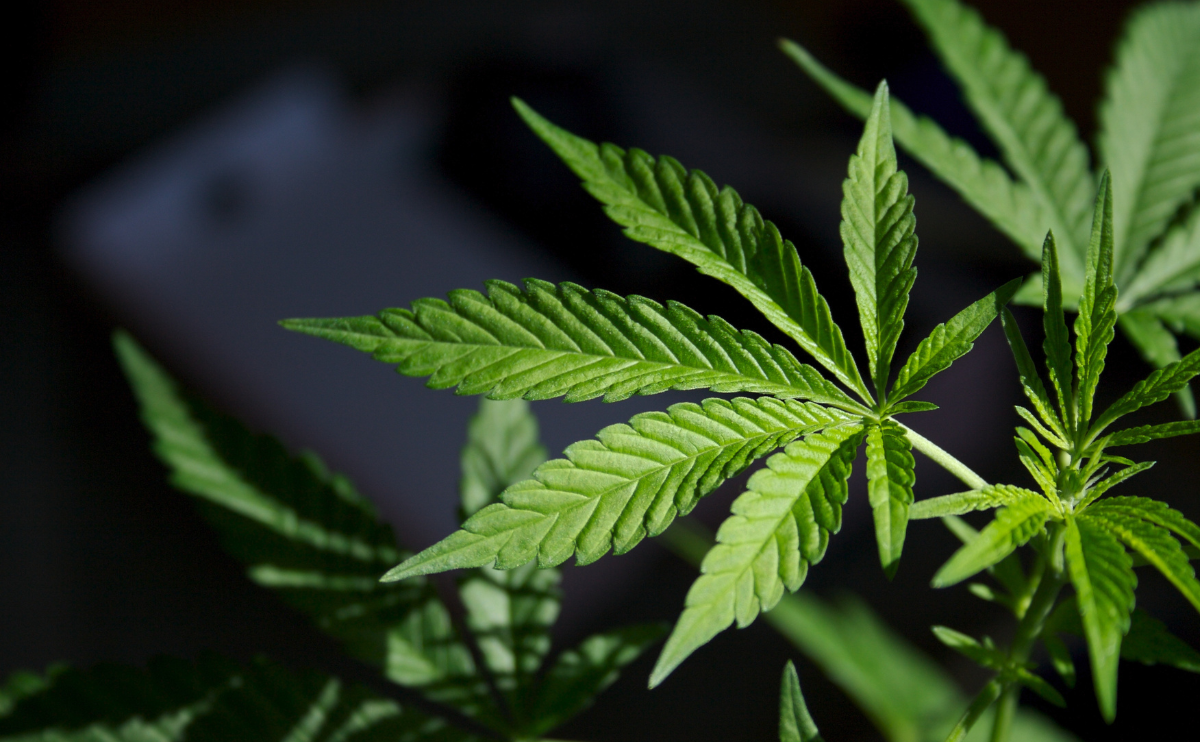Cannabis, a plant shrouded in mystique and controversy, has journeyed through time, leaving its mark on cultures and civilizations across the globe. From ancient rituals to modern medicine, its history is rich and varied, reflecting humanity’s complex relationship with this versatile plant.
The history of cannabis dates back thousands of years, with evidence of its use found in ancient civilizations such as China, India, and Egypt. In China, hemp fibers were cultivated for textiles as early as 4000 BCE, while in India, cannabis was revered as a sacred plant and used in religious ceremonies and Ayurvedic medicine. Meanwhile, the ancient Egyptians utilized cannabis for medicinal and religious purposes, with evidence of its use found in burial sites and hieroglyphics.
Throughout history, cannabis has played a significant role in various cultures and societies. In ancient Greece, it was used in religious rituals and as a remedy for various ailments. The Scythians, a nomadic people of Central Asia, used cannabis in their burial rituals, burning it as incense to honor their dead. In Africa, cannabis was used by traditional healers and spiritual leaders for its medicinal and psychoactive properties.
The spread of cannabis to the Americas can be traced back to European colonization. Spanish colonizers introduced cannabis to the New World, where it was cultivated for its fibers and medicinal properties. In North America, hemp was grown by early settlers for textiles, paper, and rope, and was even used as legal tender in some colonies.
Despite its long history of use, cannabis fell out of favor in the 20th century due to changing social and political attitudes. The early 1900s saw the rise of anti-cannabis propaganda, leading to its criminalization in many parts of the world. The United States, in particular, enacted strict laws such as the Marihuana Tax Act of 1937, which effectively banned the plant and demonized its users.
The latter half of the 20th century witnessed a cultural revolution surrounding cannabis, fueled by changing attitudes and scientific discoveries. The counterculture movements of the 1960s embraced cannabis as a symbol of rebellion and self-expression, leading to widespread experimentation and advocacy for its legalization. Meanwhile, scientific research began to uncover the plant’s potential medical benefits, leading to a resurgence of interest in its therapeutic properties.
In recent years, there has been a growing recognition of cannabis as a legitimate medicine, leading to its legalization for medical purposes in many parts of the world. Research has shown that cannabis contains compounds known as cannabinoids, which interact with the body’s endocannabinoid system to produce a wide range of effects, including pain relief, anti-inflammatory properties, and even anti-cancer effects. As a result, cannabis-based medicines have been developed to treat conditions such as chronic pain, epilepsy, and multiple sclerosis.
Prior to any life change regarding your health, please consult a physician or trusted medical professional to discuss all concerns
When selecting cannabis products, do some research, and choose a quality source by examining the product’s COA(Certificate of Analysis) to ensure that it has been tested for purity, and is free of harmful contaminants.
In conclusion, the history of cannabis is a testament to its enduring significance and resilience in the face of adversity. From ancient rituals to modern medicine, cannabis has played a central role in human culture and society, shaping our understanding of medicine, and spirituality. As attitudes continue to evolve and scientific research advances, the journey of cannabis is far from over, promising new discoveries and possibilities for the future.
